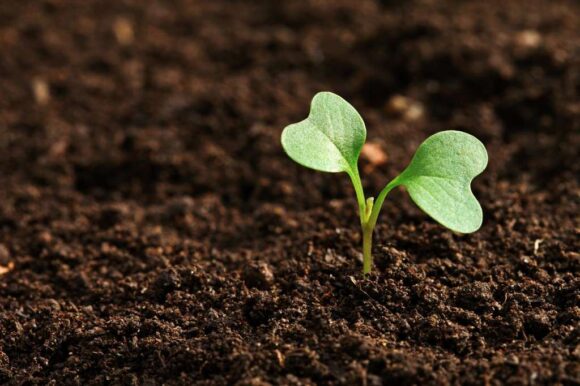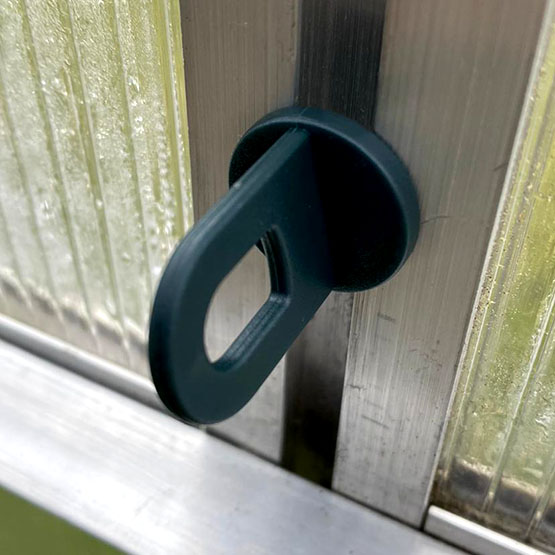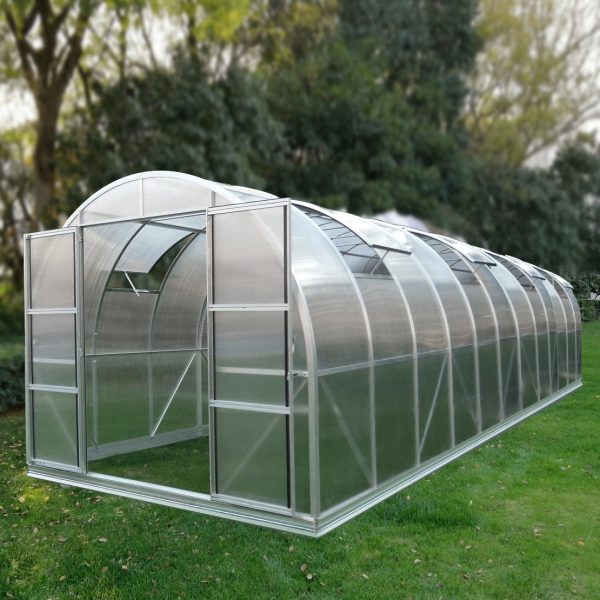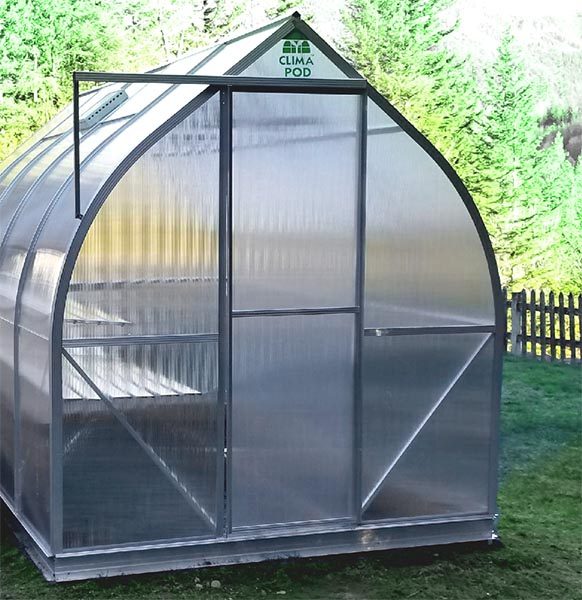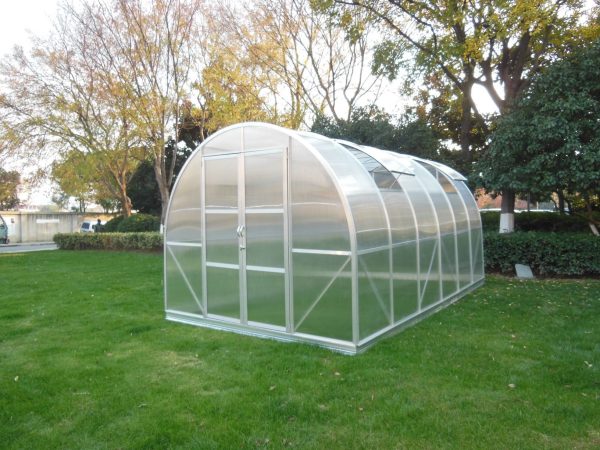A well prepared greenhouse soil composition is the basis for a good harvest. Every gardener knows this common truth. However, not everyone knows how to make the soil more fertile by correctly assembling the composition. In particular, the selection of soil for a greenhouse has its own characteristics that must be taken into account.
Experts recommend paying special attention to the soil in the greenhouse. This is due to several factors: it is used more intensively than outdoors, it functions in a special microclimate, and is devoid of natural precipitation. For these reasons, the soil is depleted faster, which means it needs additional nutrition.
The key to an excellent harvest
Garden crops require a rich spectrum of nutrients to grow well. These are various trace elements – potassium, sodium, phosphorus, nitrogen, beneficial bacteria, humus. In addition, you should maintain a neutral acidity level in the beds by using lime flour and wood ash.
It is worth noting that the composition primarily depends on the needs of the crop that you plan to grow. In addition to the specific substances required for a particular plant, you should also take into account the characteristics of the root system. For example, for tomatoes, whose roots are especially sensitive to cold, make an additional layer of sawdust for insulation; grow berry crops on looser and lighter soils, etc.
Greenhouse soil composition components
Despite the different needs of the crops grown, the basic composition of the beds is approximately the same, only the proportions of the components change and sometimes special fertilizers are added. A good soil for greenhouses must include:
- Peat. Ideally, different (lowland, surface, medium). It is the richest source of humus necessary for plants.
- Fine-grained soil containing sand and clay. It is necessary to maintain a certain density and normal course of natural biochemical processes. Looseness creates sand, it also serves for insulation. Clay retains moisture and anchors the structure of the bed.
- Humus. Also a source of nutrients and trace elements. It is best to take compost of your own production, for which a compost pit or heap is made in each garden. If it is not already there, you can buy ready-made formulations.
- Manure. It fills the soil with the necessary organic substances and also contributes to the good course of natural reactions, in addition, it helps to maintain the required density and structure of the soil.
- Chicken droppings (rotten). It feeds the soil with various trace elements, in particular nitrogen, carbon dioxide and beneficial bacteria.
- Wood waste – sawdust, crushed bark, shavings. Necessary to maintain structure and ensure internal processes, some types of trees also have an antiseptic effect, preventing the development of pathogenic bacteria in a natural way. Wood is usually added as compost, but fresh material is acceptable.
- Lime flour or wood ash to maintain alkaline balance.
Supporters of organic farming limit themselves to such a set, paying special attention to the quality of each of the components. You can also add aqueous solutions of fertilizers, which are selected individually for each crop.
Thus, it is easy to prepare good soil for the greenhouse on your own, by selecting and mixing all the components. In addition, you can buy ready-made mixtures and fill the beds with them – this option will cost more, but it will significantly save time.

